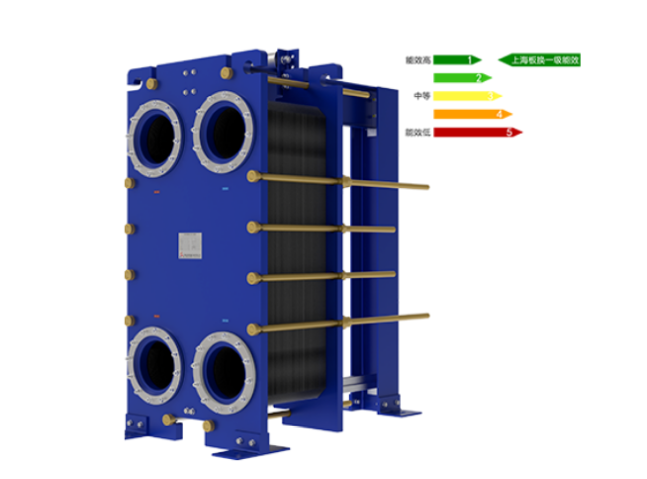In industrial production, plate heat exchangers are crucial in transferring heat and ensuring smooth processes. They transfer energy from high-temperature fluids to low-temperature fluids, allowing for efficient and effective production. Their broad applicability across multiple industries underscores the importance of choosing the right operational environment to maximize heat exchanger efficiency, ensure longevity, and maintain optimal performance.

1. Medium Characteristics
Before selecting a plate heat exchanger, it's vital to analyze the chemical composition of the heat exchange medium to detect any corrosive substances, such as acids (sulfuric acid, hydrochloric acid), alkalis (sodium hydroxide), or salts (sodium chloride). For instance, in chemical plants, waste liquids might contain low concentrations of hydrochloric acid (0.5%-1%) and organic acid salts. A thorough chemical analysis helps choose the right material, such as titanium alloy plates, to resist corrosion.
In industries like food processing, where the medium's pH value is nearly neutral (e.g., yogurt production), stainless steel plates suffice, ensuring optimal heat transfer and longer service life. Additionally, detecting impurities in the medium, such as solid particles, is crucial to prevent deposition on the plate surface, which could decrease efficiency.
2. Temperature Conditions
Accurately measuring the inlet and outlet temperatures of the heat exchange medium is essential. In heating systems, for example, the hot water temperature might range from 100°C to 120°C and cool down to 70°C to 80°C after heat exchange. Understanding temperature fluctuations is crucial in selecting a heat exchanger model that can handle extreme variations without compromising structural integrity.
3. Pressure Conditions
Maintaining the heat exchanger's working pressure within the rated range is vital for safety. For example, in petroleum refineries, where fluid pressure can reach up to 1.5MPa, choosing a heat exchanger rated above this value ensures safe operation. Monitoring pressure fluctuations, especially in systems with pumps, is necessary to avoid damage to seals and ensure stability.
4. Flow Characteristics
Flow rate directly impacts the heat exchange efficiency and pressure drop in the system. For smaller systems, like commercial HVAC units, the flow may be a few cubic meters per hour, while larger industrial systems could reach thousands of cubic meters per hour. Stability in flow ensures consistent heat exchange performance.
5. External Environmental Factors
Installation space and surrounding environmental conditions like temperature, humidity, and vibration sources must be considered. For instance, in tight spaces like ship engine rooms, a compact heat exchanger model is necessary to fit the environment while leaving room for maintenance.
Conclusion
By considering medium characteristics, temperature and pressure conditions, flow properties, and the installation environment, the optimal plate heat exchanger can be selected to ensure efficient, long-lasting operation.
Post time: Sep-29-2024

